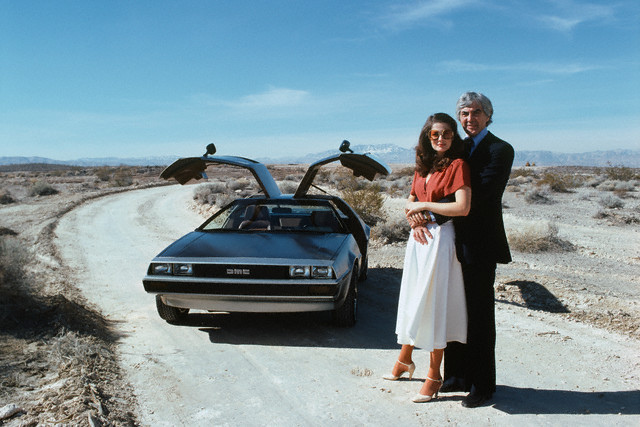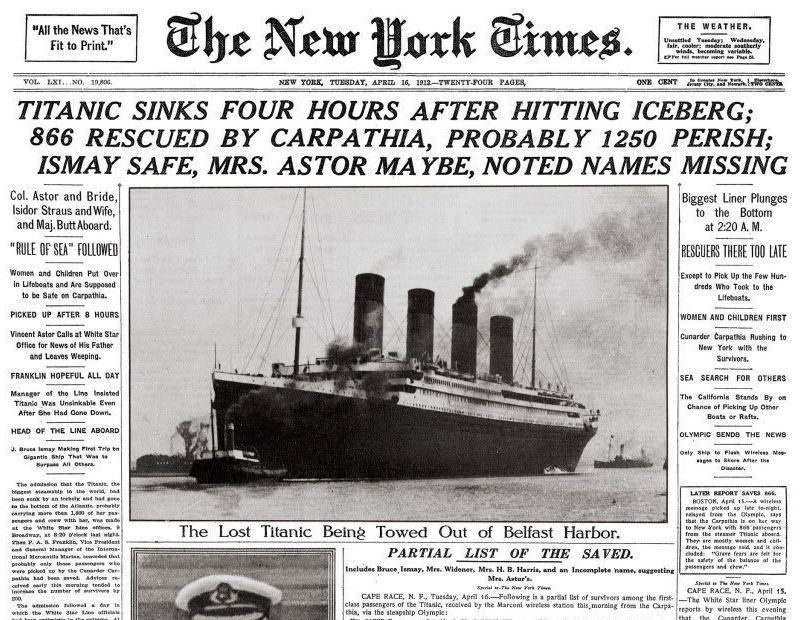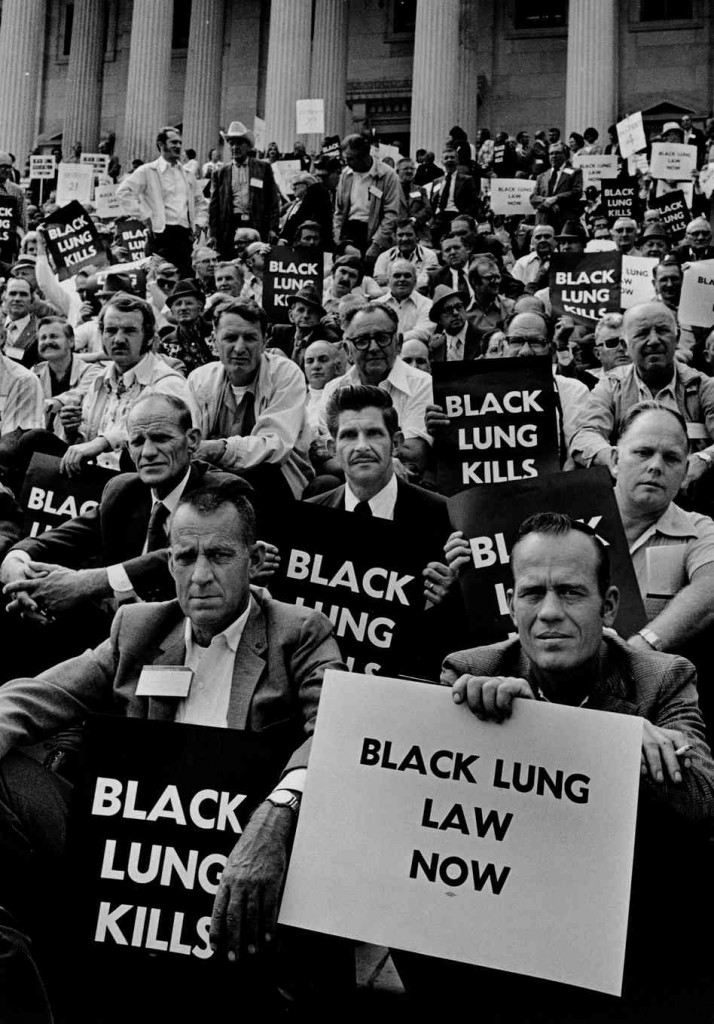
If you read this blog regularly, you know I’m pretty obsessed with utopias, those elusive things, perhaps because they’re beautiful and doomed. It takes so much energy, so much hubris, to act on those visions, yet people throughout history have and continue to. Maybe a place can be perfect, but people, alas, don’t have that option. The centre cannot hold.
The opening of “The Man Who Tried to Change the Soul of Paris,” Jacqueline Feldman’s Atlantic piece about French architect Michel Holley, who began attempting decades ago to impose his will onto Paris, his dreams ultimately realized and yet not realized at all:
‘At my age, unfortunately, one has no more dreams,’ says Michel Holley, the 87-year-old architect who once built Paris toward the sky. ‘One has turned toward the past.’
Forty years ago, Holley’s residential towers called Olympiades were the pièce de resistance of the city’s biggest renovation in over a century. Holley drew inspiration from Le Corbusier, who famously envisioned Paris as gridded, severe high-rises. Today, the towers sway between vitality and decay. Holley, who also worked on Montparnasse Tower and the Front de Seine, led controversial, sweeping projects to accommodate immigrants, baby boomers, and cars in 1960s Paris. ‘I dreamed a lot, in those days,’ he says. ‘Because these were inventions and creations in advance of their time, and I dreamed a lot, and I realized my dreams, realized my utopias.’
But Holley’s dream has faced criticism since construction. The ‘vertical zoning’ means parts of Olympiades are deserted at certain times. The mall closes at 9 p.m., and as restaurateurs lower metal over their storefronts, men gather in corners, emitting catcalls. Outside, wind whips between the towers. Evenings, the slab empties except for some men and dogs lingering at its edge, near the overgrown planters and vents that billow the smell of Chinese food.
‘I’m sure that there is a set of quite good restaurants on the slab, but you need to be quite courageous to get there after 8,’ says Didier Bernateau, director of development at SCET, the urban engineering firm that leads the network of public and private companies that develop land in France. ‘There’s a feeling of unsafeness, and the stairs, and the coolness of the wind.’
‘It is the worst failure in the history of Paris’ urban projects,’ says Ahmad Kaddour, an artist who teaches silk-screening classes at an Olympiades workshop. ‘Olympiades is the death of God.’
‘Today it exists, so we must make do,’ says Jérôme Coumet, mayor of the 13th.”
_____________________
More posts about utopias:


























